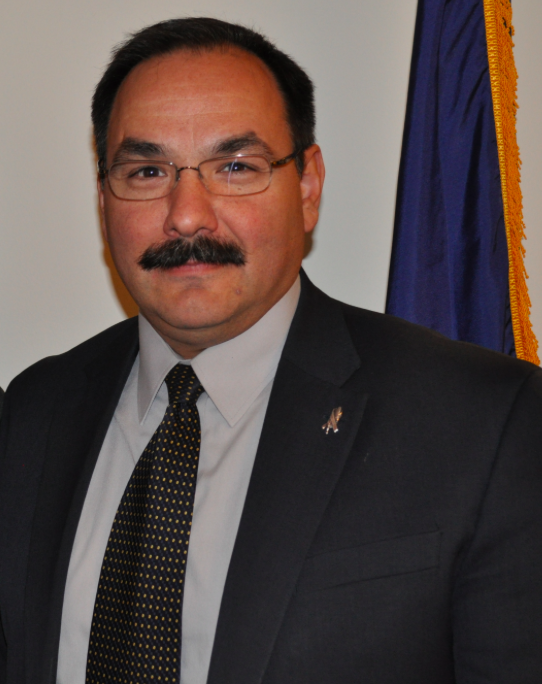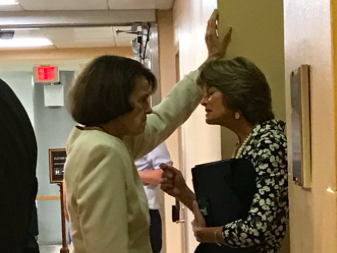PEPPERD FAMILY MEMBERS MISSING
(Check back, as this story will be updated)
Three people are missing after a brand new helicopter went down in the water between Juneau and Yakutat.
Among those missing are Josh Pepperd, president and CEO of Davis Constructors and Engineers.
Pepperd’s two sons were on the plane, and one of them has been found alive. In addition to the father and son who are missing, David King, a helicopter pilot who owns Last Frontier Air Ventures in Palmer, was on board.
The Coast Guard rescued 14-year-old Aiden Pepperd on Friday near Lituya Bay, and today is searching for the other three people.
Aiden was flown to Sitka by a Coast Guard Air Station Sitka MH-60 Jayhawk helicopter crew, where he was treated for mild hypothermia, according to the Coast Guard press release. He was later transferred to an Anchorage hospital where he is in intensive care with internal injuries.
A Jayhawk helicopter crew is combing the area along with a Civil Air Patrol aircraft out of Juneau, according to the USCG report. Joining the search is the Coast Guard Cutter Bailey Barco, which is also has a small boat crew searching the shoreline.
Two handlers with canines from the Southeast Alaska Dogs for Ground Search were brought in via Coast Guard helicopter but were not able to locate any sign of the helicopter’s passengers.
A C-130 aircraft crew with the 211th Rescue Squadron for Alaska Air National Guard’s 176th Wing out of Joint Base Elmendorf-Richardson in Anchorage was also on scene searching.
The helicopter crashed in the water approximately 100 yards from the shoreline of a beach about three miles east of Lituya Bay.The Coast Guard located sections of the crashed helicopter’s fuselage, engine, rotor head, and front and rear seats washed up on the beach today but not any sign of the passengers.
The Coast Guard 17th District command center in Juneau initially received an overdue aircraft alert at about 6:30 pm Friday from the Juneau Flight Service Station.
The alert stated a private helicopter with four people aboard was expected to arrive in Yakutat Friday, but had not arrived.
A Jayhawk helicopter left Sitka at 8:15 pm and went to the last known signal location from the helicopter’s GPS, and then landed landed on the beach about three miles east of Lituya Bay, where the crew’s rescue swimmer located the boy.
“We did not locate any other survivors tonight but the Coast Guard and others will conduct a thorough search Saturday,” said Lt. Kellen Browne, helicopter co-pilot for Friday’s rescue.
Two adults and two adolescents were aboard the crashed helicopter, which had just been purchased new from the factory in Texas. The pilot was said to have 40 years of flying experience, including Alaska flight time in both fixed-wing and rotary-wing aircraft.
The itinerary for the single-engine helicopter was from Grand Prairie, Texas to Wasilla.
The Pepperds had just purchased the helicopter new. Airbus Helicopters had posted this photo on the company’s Facebook page when the family took possession on Sept. 26 in Texas:

Josh Pepperd is one of the top three contributors to the Dunleavy for Alaska political group that operates separately from the campaign. The other top contributors to that group, chaired by Terre Gales, are Francis Dunleavy, Bob Penney, and Scott Hawkins.











